After traveling solo for two weeks, the NASA rover Perseverance has found its exploration partner, the helicopter Ingenuity, sitting in a desolate Martian desert.
The Ingenuity went down on January 18, 2024 when its rotors were damaged during a rough landing. The Perseverance spotted and photographed the lost aircraft on February 4. Geovisual designer Simeon Schmauß posted a photo on his Flickr page and uploaded a zoomed-in version on X.
What Happened to Ingenuity
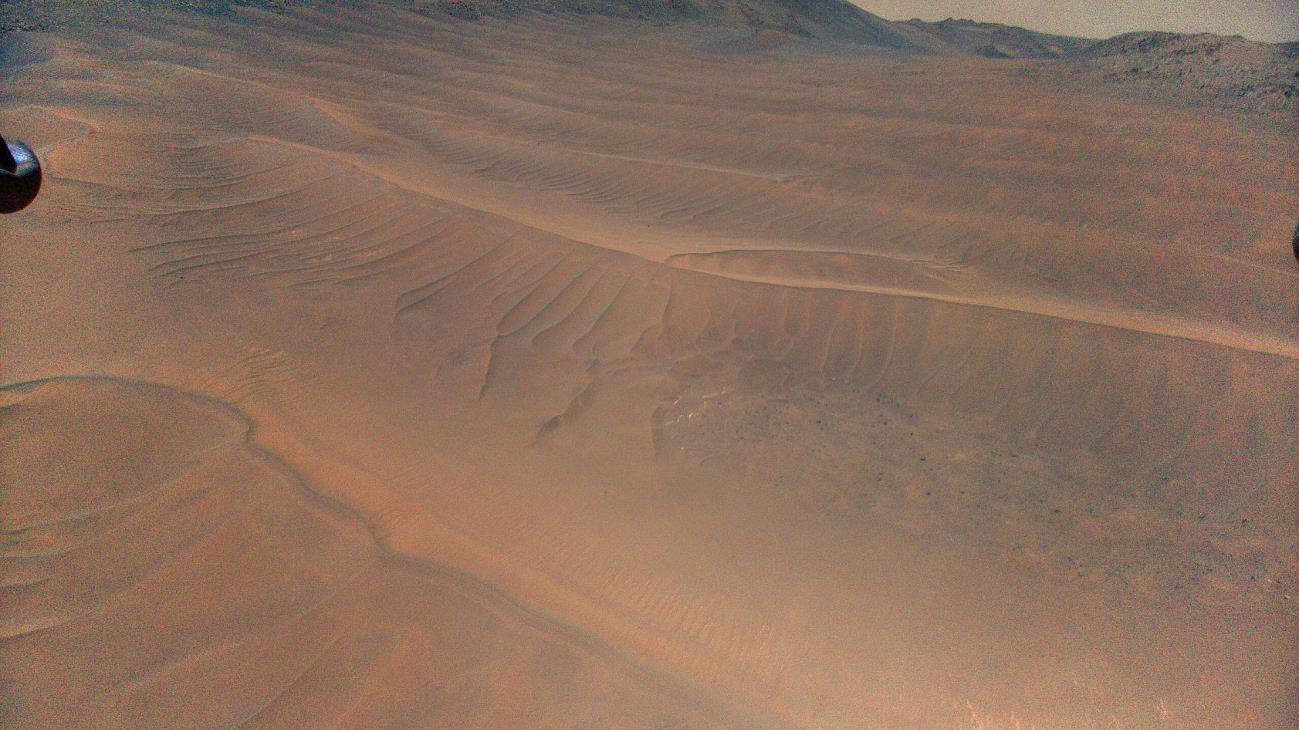
The Ingenuity navigated using a software that tracked movement on the planet’s surface. During its fateful trip, the helicopter encountered very smooth sandy terrain, which made navigation difficult.
As a result, one of the rotor blades was damaged during landing. “The team believes that the relatively featureless terrain in this region was likely the root cause of the anomalous landing,” NASA said in a statement.
The Mars 2020 Mission
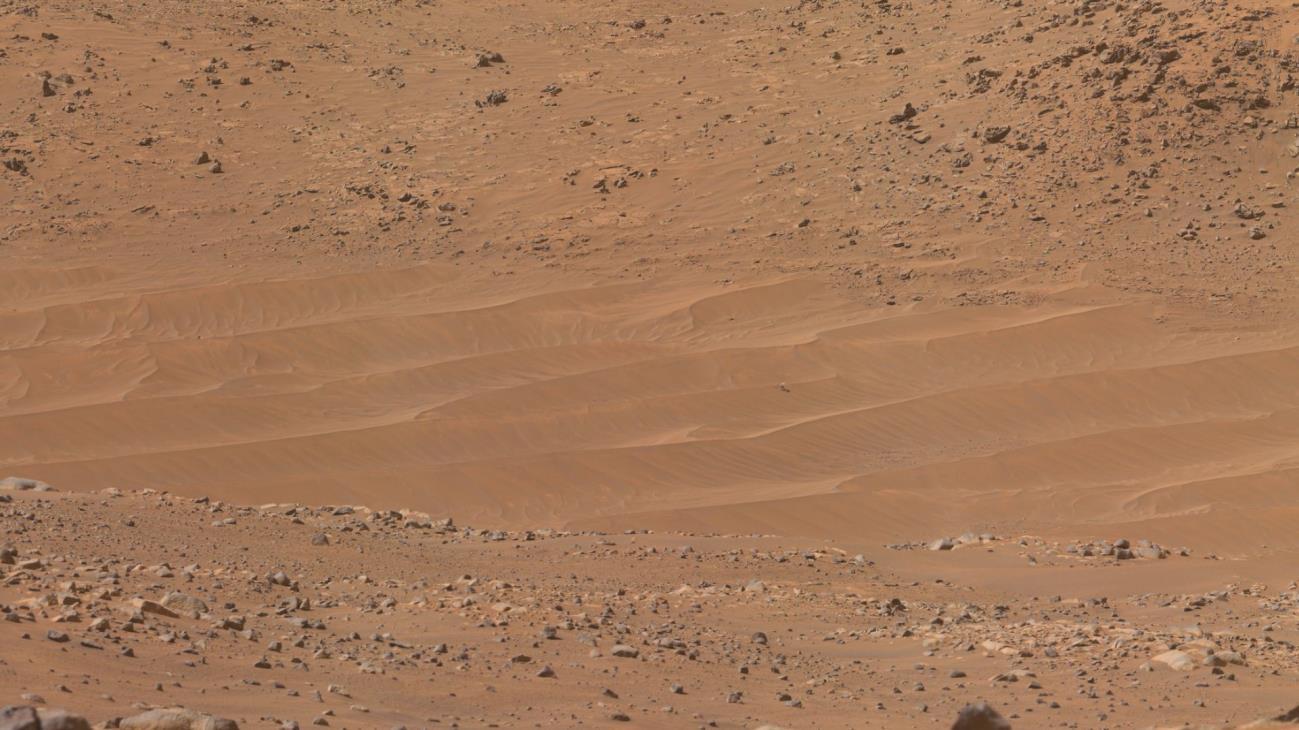
The Perseverance and Ingenuity were part of NASA’s Mars 2020 mission, to search for signs of a potential past life on Mars. The rover took photos and collected samples for future analysis, while the chopper scouted.
The mission launched on July 30, 2020 with landing on February 18, 2021 on the Jezero Crater. It was one of three missions launched that year, along with China and the United Arab Emirates.
Landing on the Jezero Crater
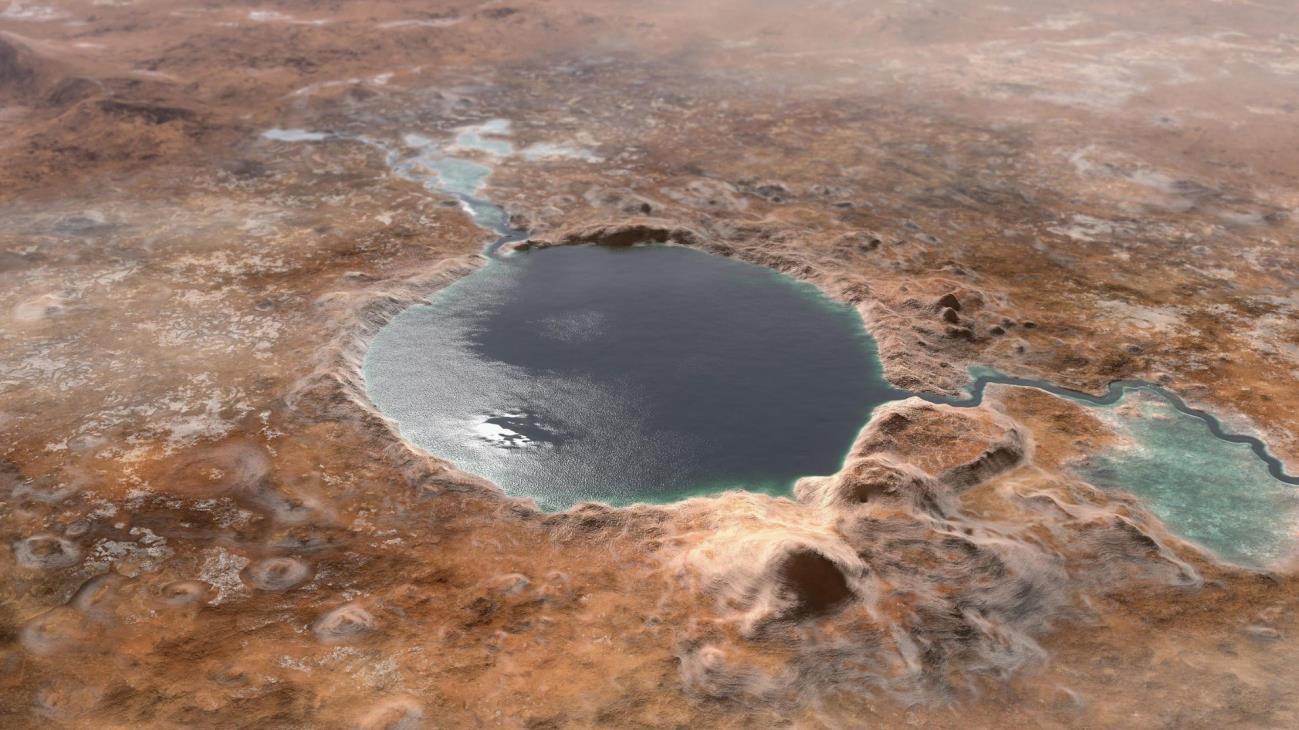
The Jezero Crater was selected as a landing and exploration site because scientists believe it’s the remains of an ancient lake that dried up billions of years ago. It’s a likely location to bear evidence of life.
The Jezero Crater is 28 miles in diameter and north of Mars’ equator. The Perseverance team informally named the landing site “Octavia E. Butler Landing” after the famous science fiction author.
Benefits of Aerial Exploration
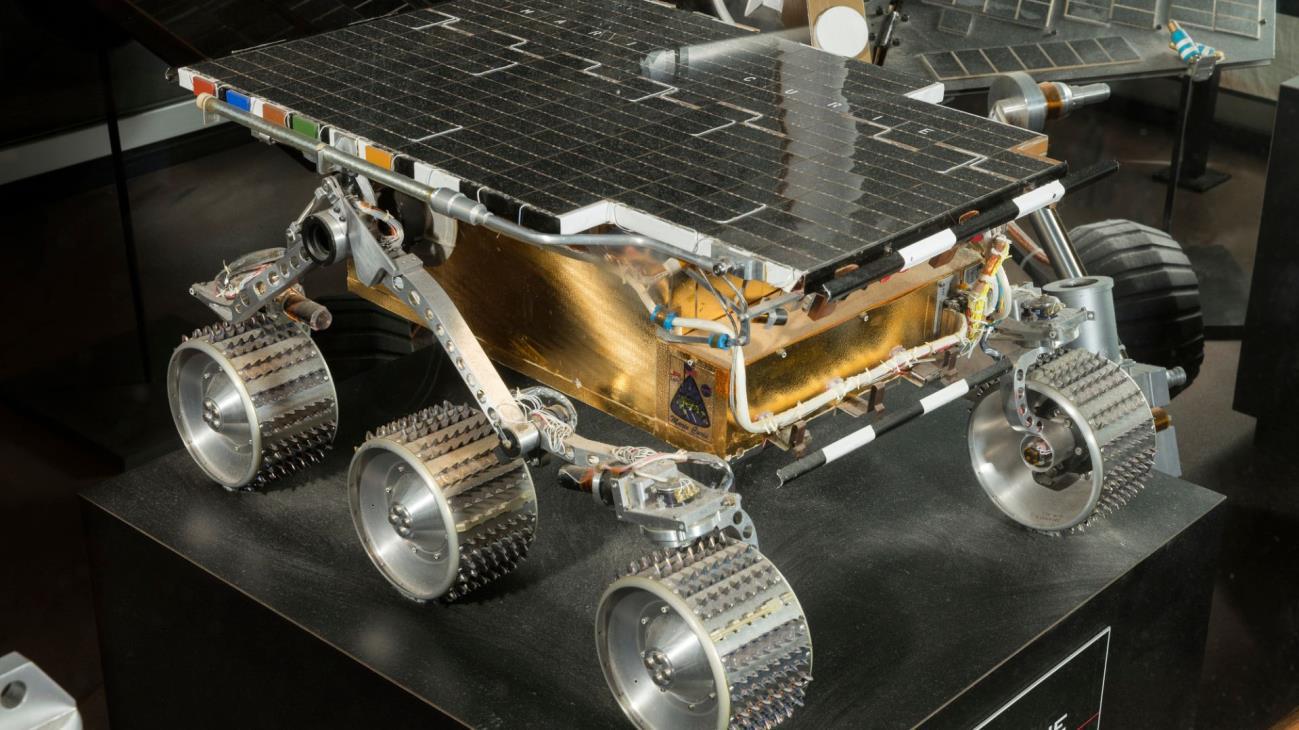
When it came to studying Mars, rovers were a significant leap from orbiters, which provided photos from space. Rovers allowed an up close, personal look of the planet’s surface.
However, rovers are painfully slow. The Perseverance reached a top speed of 0.1 MPH. Meanwhile, the Ingenuity reached a max speed of 22.4 MPH. The helicopter’s speed allowed it to act as a scout for its slow-and-steady companion.
Ingenuity’s Historical Journey
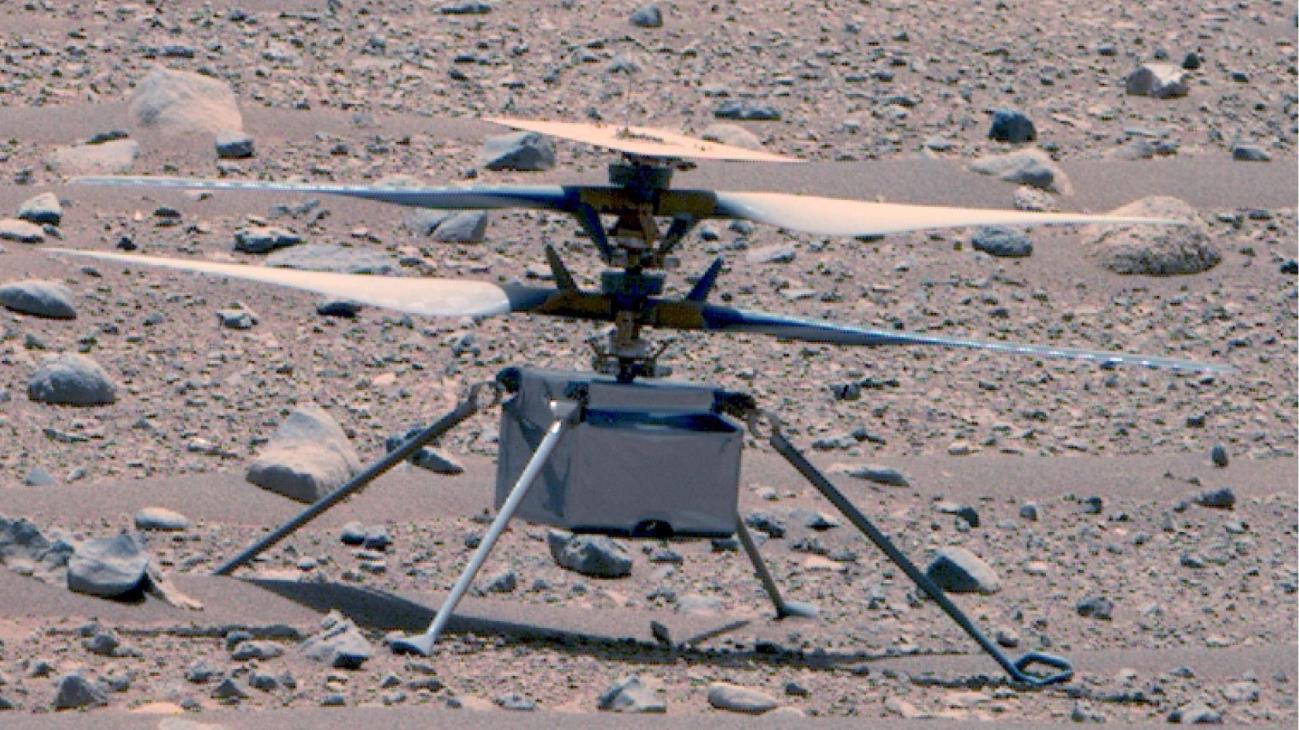
Weighing only a little under four pounds, the Ingenuity made history by being the first aircraft to fly on another planet. The Ingenuity made its first successful flight on April 19, 2021. It flew 10 feet in the air and hovered for about 40 seconds.
NASA engineers originally thought that the Ingenuity would only fly five times. To their surprise, it made 72 successful flights across Mars’ surface.
Flight Challenges on the Martian Atmosphere
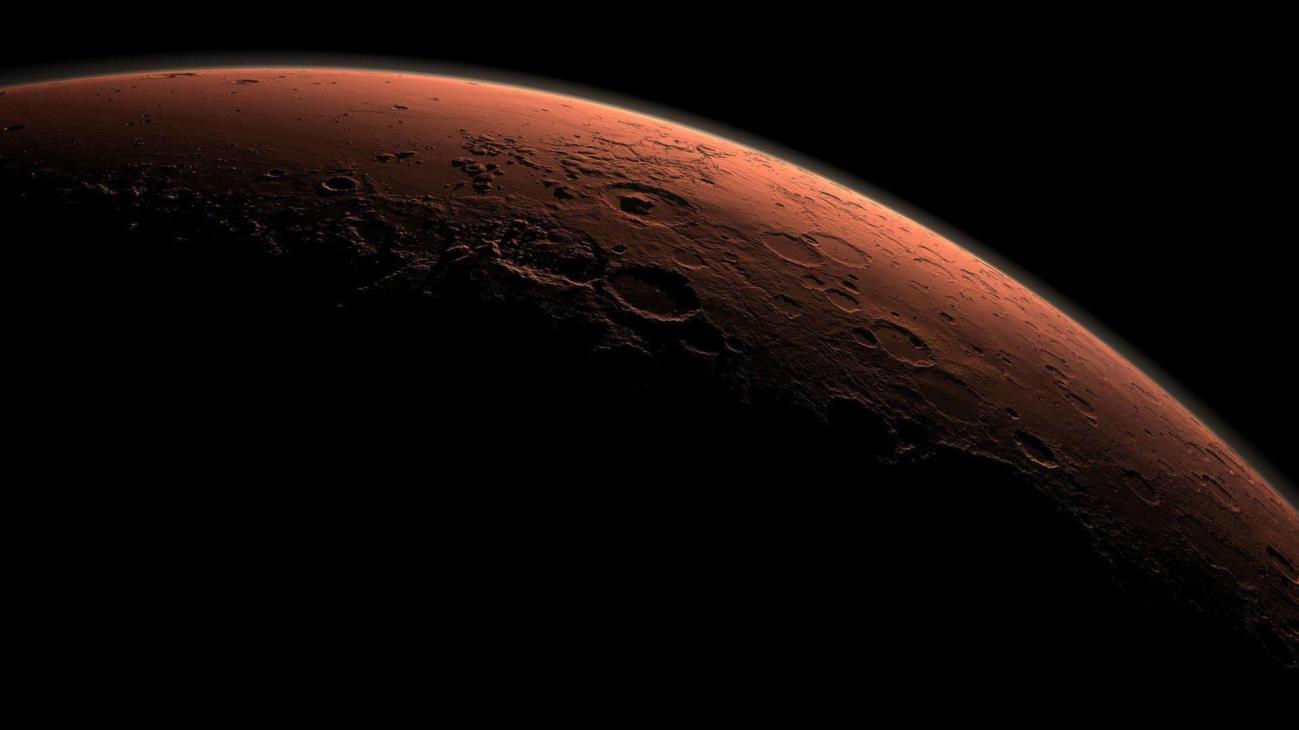
Unsurprisingly, achieving flight on another planet isn’t easy. An aircraft needs to have lift to get off the ground. However the Martian atmosphere is incredibly thin, with its volume only less than 1% of the Earth’s.
To get Ingenuity in the air, its four-foot long rotor blades needed to spin an astounding 2,400 revolutions per minute (RPM). Compare this with standard helicopter blades spinning between 225-500 RPM.
The Little Helicopter that Could
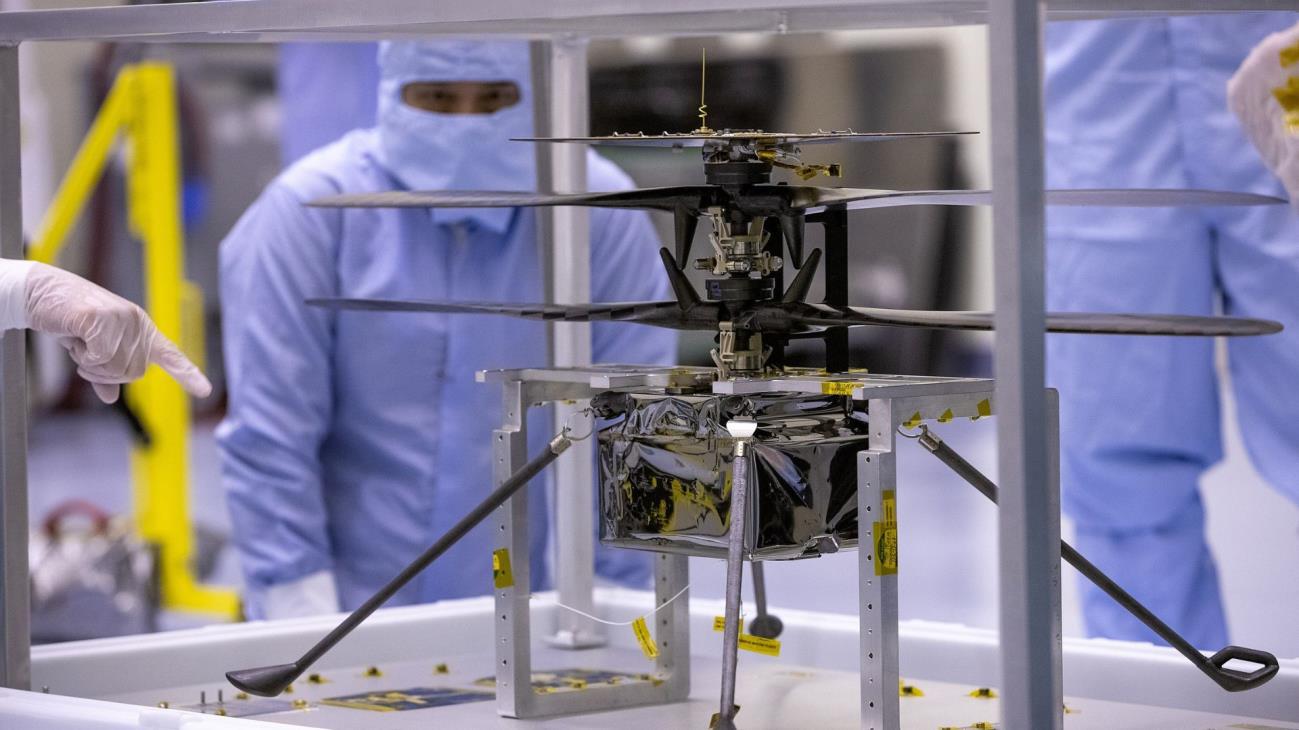
The Ingenuity’s short life was fraught with obstacles. CNN noted that the tiny helicopter dealt with rough terrain, dust storms, and electronics-damaging Martian winters.
By the end of its career the Ingenuity had surpassed the mission team’s expectations. In a statement to CNN, NASA Administrator Bill Nelson said, “That remarkable helicopter flew higher and farther than we ever imagined and helped NASA do what we do best — make the impossible, possible.”
Next Steps for NASA
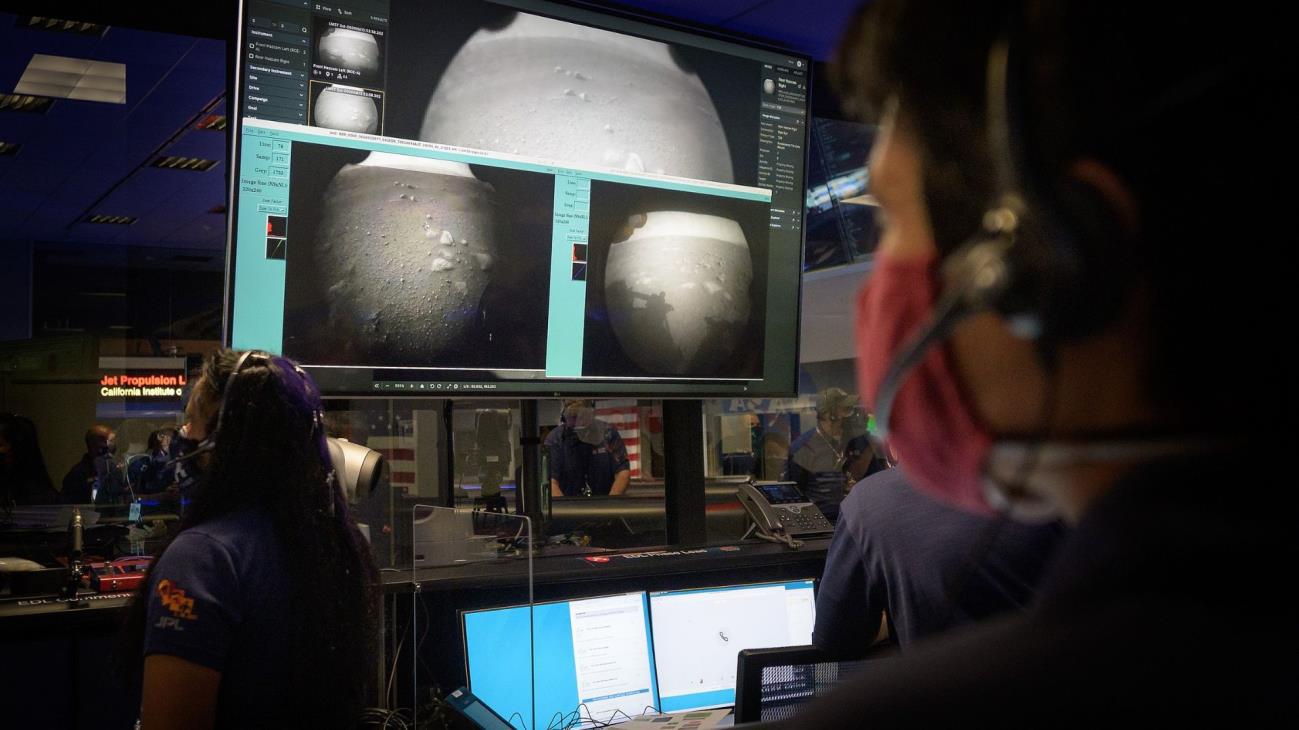
The mission team is analyzing the extent of damage to the Ingenuity. During a livestream, Project Manager Teddy Tzanetos said they will slowly “wiggle” the rotors to see if that yields any answers.
Ingenuity is unfortunately unsalvageable. “Helicopters like this are not designed to fly even with the smallest fraction of a grant of imbalance and we’re gonna have the end of our mission in the weeks ahead,” Tzanetos said.
The Future of Flight on Mars
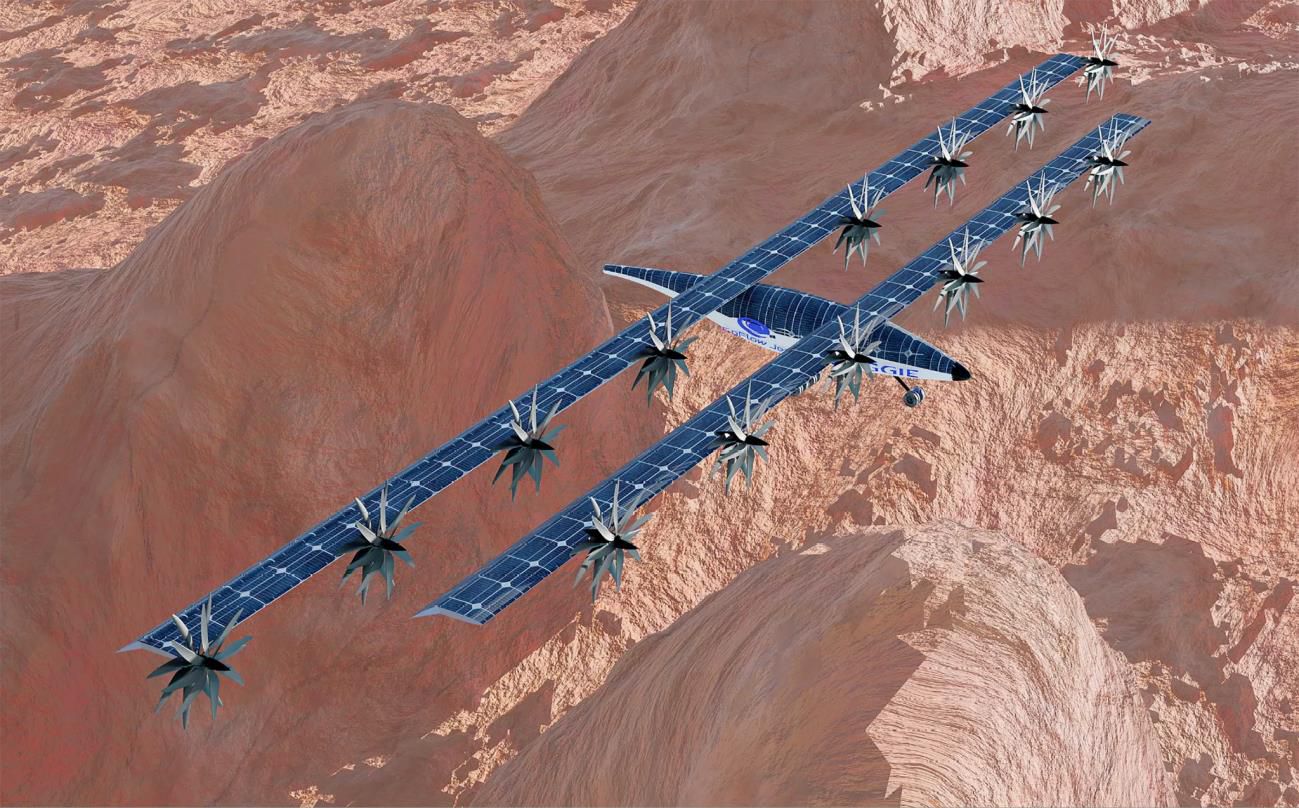
Although Inegenuity is grounded, its successes have made an impact on Martian aerial exploration. Engineers are discussing the potential for a plane that can withstand the immensely dense Martian atmosphere. They call it the Mars Aerial and Ground Global Intelligent Explorer (MAGGIE).
For the moment the MAGGIE is in the realm of science fiction. But if it were to succeed, then it would allow scientists to study Mars like never before.
